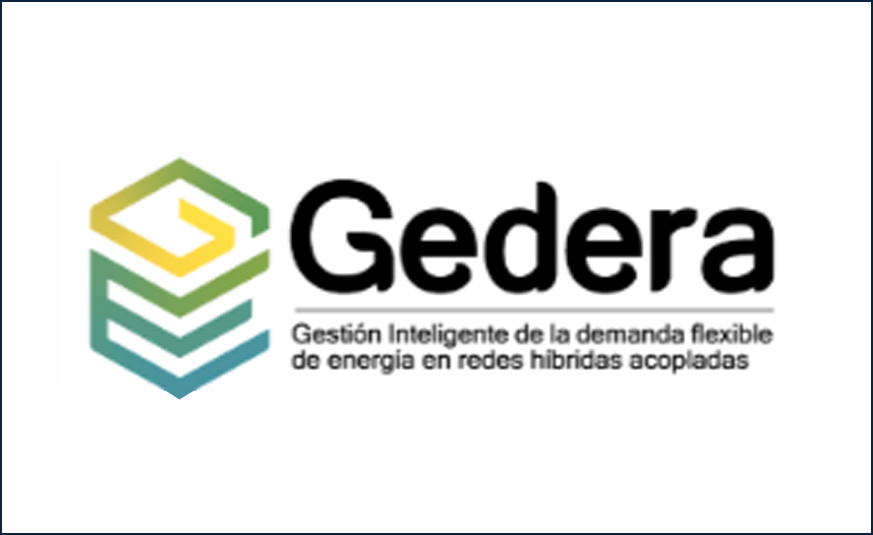Project information
- Project start: 01/11/2022
- Project end: 30/06/2025
- Budget: 3.628.690,30€
- Funding program: Missions 2022 Program. CDTI and the Recovery, Transformation and Resilience Plan of the Spanish Government and NextGenerationEU Funds.

Role of Hispasec
HISPASEC is responsible for analyzing the cybersecurity risks of the systems developed in the project, as well as proposing strategies and developing the elements that ensure their security, such as honeypots or network anomaly detectors, among others.
Collaborators
- CEMOSA
- SOFTCRITS
- ATA Renovables
- ORBIS
- OPTIVA MEDIA
- RANK
- SFERAONE

Description:
The GEDERA research project will study and develop a multi-agent architecture that allows the development of applications for the smart grid, especially in the field of flexibility management in buildings. It is intended that this architecture will enable the interconnection of various data provisioning, control, prediction, optimal planning, and other services of interest in the sector, in a transparent way for the user. To carry out this project, a consortium has been formed consisting of eight leading companies in their respective areas of activity, complementary in their responsibilities within the project. The project is structured into five work packages that will allow the completion of the research and definition of a secure and interoperable multi-agent architecture, which through a series of advanced algorithms designed specifically for this purpose can manage the flexibility of building demand. The first work package is dedicated exclusively to the development of the multi-agent architecture, while the second will analyze various technological options to ensure secure and efficient interoperability that solves problems associated with data exchange. With the third work package, a new generation of flexible electrical loads ready to be integrated into the multi-agent architecture will be investigated. The fourth work package is dedicated to the development of algorithms for managing flexibility in buildings and participation in related markets, including prediction algorithms (generation, consumption, price, etc.) and optimal operation planning. Finally, the fifth work package will validate the developments in relevant environments to certify that a TRL5 technological advancement level is achieved.
Tags: «IT/OT security», «critical infrastructure», «energy», «building», «R+D+i», «IIoT»

